Your Cart is Empty
Menu


Unleashing Adventure: Your Ultimate Guide to Packing for a Hiking Trip
March 07, 2024 8 min read
Embarking on a hiking adventure not only offers a unique way to reconnect with nature but also tests your hiking gear and preparation skills, notably in packing for a hiking trip. This exhilarating experience can be effortless and enjoyable with a strategic approach to packing, incorporating hiking bag necessities, and maintaining a well-stocked mens toiletry bag.
Learn more at our blog. Key items like trail running shoes, travel-sized toiletries, and hygiene products ensure comfort and safety on your trails. Efficient packing and a robust checklist, and hiking gear recommendations, can transform your trip from potentially daunting to a thoroughly rewarding outdoor escapade.
Understanding Your Hiking Essentials
Recognizing what to pack can profoundly influence your hiking experience. Comprehensive packing for a hiking trip preparation is your best defense against unforeseen challenges. With the right gear, from hiking shoes to day hiking gear essentials, your journey becomes both safer and more enjoyable. Whether you're an avid hiker or a first-time beginner, these essentials will keep you prepared and secure.
Outdoor Gear Men's Leather Toiletry Bag
Outdoor gear is the bedrock of any hiking expedition, defining the ease and comfort of your adventure. With the correct selection, you can ensure both mobility and safety. From the backpack you choose to the type of shoes you wear, every item has a role to play.
Backpack: A proper hiking backpack or mens toiletry bag is crucial for your comfort, security, and mobility. Opt for a stylish dopp kit from Bayfield Bags, durable, waterproof, and lightweight with optimal capacity.
Hiking Boots/Shoes: Invest in good-quality, waterproof hiking footwear that fits well and offers excellent ankle support.
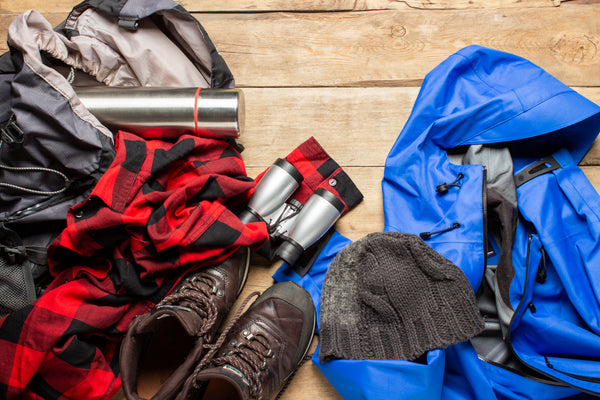
Clothing for Varying Weather Conditions
Proper attire is essential when facing unpredictable weather conditions during hikes. By layering clothing, you can easily adjust to temperature changes and stay protected. From moisture-wicking base layers to insulating jackets for colder weather, each piece serves a purpose.
Base Layers: Opt for moisture-wicking fabrics like merino wool that regulate your body temperature.
Insulating Layers: For colder weather, these provide warmth. Consider an insulated jacket for extra warmth.
Outer Layers: Rain jackets are vital for rainy conditions.
Trekking Tools and Navigation
Equip yourself with trekking poles for added stability, especially on steep hikes. Navigational tools, such as trekking poles, assist in maintaining balance and direction during hikes. These tools not only provide added stability on steep hikes but also ensure you stay on the right path. Always keep a map and compass handy, even in familiar terrains.
Map and Compass: Vital tools for when there's no cell service. Even if you're heading to a popular national park, a traditional map can come in handy.
Communication for Safety
Communication devices are crucial, especially when hiking in areas known as bear country. A whistle and two-way radio can be lifesavers.
Whistle: Can signal for help in emergencies.
Two-Way Radio: Facilitates communication in areas with poor cell reception.
Cellphone: Ensure it's fully charged and consider a portable power source.
Emergency Contacts: Have a list of contacts written down in case of emergencies.

Hiking Necessities: Sustenance and Cooking Equipment
Embarking on a longer hike or a fun day out, having the right nourishment is crucial. This adventure requires thoughtful planning, particularly when maintaining your energy levels. Nourishment and hydration play a pivotal role in hiking. Sufficient sustenance ensures you have the energy to tackle challenges while proper cooking gear can make overnight trips more enjoyable. Both elements, combined, can elevate your hiking experience.
Food and Hydration Essentials
Hydration and the right nutrition are fundamental to keeping you fueled throughout your hike. Always stuff ample water, more than you think you'll need, carry a water bottle or a hydration reservoir, and high-energy snacks like trail mix, energy bars, and dried fruits in your dopp kit. Consider a reusable bottle to stay hydrated.
If your adventure involves overnight camping, integrating lightweight, compact cooking gear into your packing list becomes indispensable. A portable stove and fuel allow for hot meals, while minimalist utensils and dishware sets cater to your outdoor needs without adding unnecessary weight. This blend of nourishment and equipment ensures you stay energized and prepared, no matter where the trails take you.
Cooking and Camping Gear
For those planning an overnight stay, it's a good idea to include a stove and dry bags for food storage.
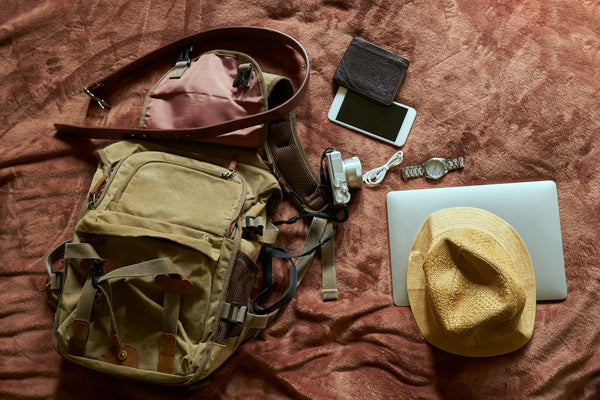
Protective Gear for the Outdoors
Don't forget your sun protection, like a hiking hat and sunscreen, especially on hot days. Insect repellent and bear spray are also essential. Equipping yourself with protective gear ensures you are shielded from external factors.
Sun Protection: Always have a hiking hat and sunscreen.
Insect Repellent: Protect yourself from bug bites.
Bear Spray: Essential when hiking in bear territories.
Footwear: Shoes or boots that provide protection from sharp rocks and wet conditions.
Clothing: Consider moisture-wicking fabrics to keep dry and cool.
Recommendations from Experienced Hikers
Before setting out, it might be worthwhile to consult a local gear shop or look online for gear recommendations. Many hikers also recommend packing a dry bag to protect essentials.
Navigation and Communication
Staying on track and keeping in touch is crucial for safety.
Advanced Navigation Tools
Staying on track and keeping in touch is crucial for safety. These tools in your dopp kit bags will keep you on the right path.
Map and Compass: Even with modern technology in place, room for these traditional tools are vital as backups.
GPS Device: A handheld GPS device provides accurate location information. It is invaluable, but also consider trail maps for day hiking.
Trail Markers: Familiarize yourself with trail symbols and signs.
Mobile Apps: There are various apps designed to aid hikers with navigation.
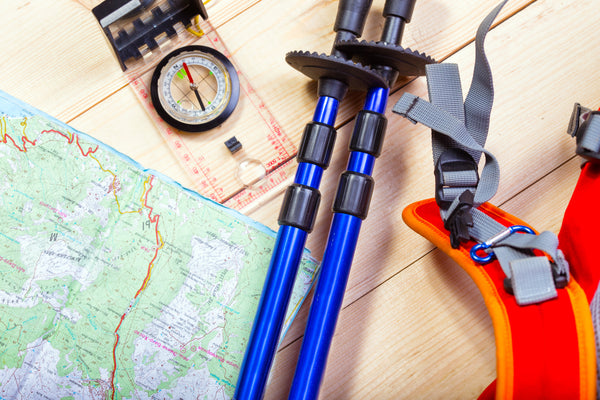
Essentials in Communication Devices
Communication devices help in case of emergencies.
Cellphone: Keep it fully charged and bring a portable power bank. It is very essential, especially when you're exploring remote hiking
trails.
Whistle: This low-tech tool can be a lifesaver for signaling in case of distress.
Flashlight: A reliable flashlight with fresh batteries can be invaluable during emergencies and travel, especially in low-light or dark conditions, helping you find your way, signal for help, or examine your surroundings.
Two-Way Radio: When traveling in groups or teams, a two-way radio is an excellent communication device, allowing you to stay in touch with others, share information, and coordinate actions, particularly when cell phone service is unavailable.
Backup Power and Emergency Tools
Having backup and emergency tools ensures you're prepared for unforeseen situations.
Extra Batteries: For devices like torches or radios.
Fire Starter: Essential for overnight trips.
Swiss Army Knife: Multi-functional tool for various needs.
Emergency Signal: Flares or mirrors can help signal rescuers.
Waterproof Pouch: To protect essential documents and devices.
Maintaining Connectivity with Fellow Hikers
When in areas with poor cell service, two-way radios become vital. Always ensure you have an emergency plan with your hiking group.
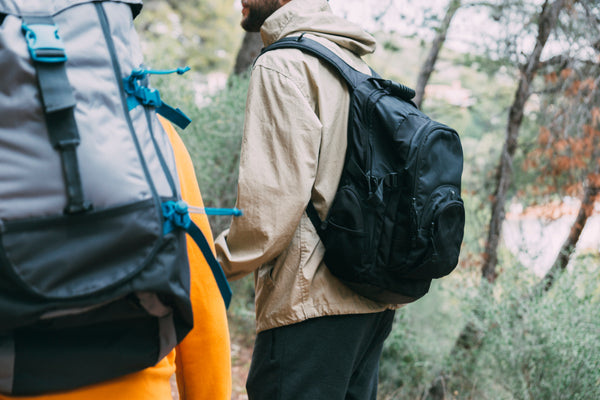
Hiking Fundamentals: Safety, Personal Comfort, and First Aid
Embarking on a hiking adventure requires a delicate balance of safety measures, personal comfort, and preparation for any emergencies. Safety is paramount. From a well-stocked hiking first aid kit to hiking pants suitable for the terrain, preparation is key. Equip yourself and your own toiletry kit and purse compartments with necessary items that enhance this balance and enrich your hiking experience.
First Aid and Safety Equipment
Your safety and health must be your top priority when hiking. Always include first aid supplies. A well-stocked first aid kit is an essential, non-negotiable item to stuff, with bandages, antiseptic wipes, tweezers, medical tape, painkillers, adhesive bandages, gauze pads, antihistamine tablets/cream, an elastic bandage, scissors, and other toiletries.
Tailor your first aid kit based on your trip's duration, the number of hikers, and any specific medical needs. Along with your toiletries bag and first aid kit, a multipurpose tool with a knife, can opener, scissors, and a headlamp or flashlight for night-time visibility, can be critical in unexpected situations.
Hygiene and Personal Comfort Key Components
Staying clean on the trail can keep you comfortable and ward off potential health issues. Key hygiene items or toiletries to carry on you include toilet paper, hand sanitizer, biodegradable soap, a quick-drying towel, hiking-specific socks, biodegradable soap, and darn tough wool socks are essentials. Sunscreen and insect repellent protect your skin from sunburn and insect bites, contributing to your personal comfort.
Hiking Socks: Preferably moisture-wicking or wool for comfort.
Biodegradable Soap: Eco-friendly options for cleaning.
Quick-dry Towels: Compact and dries swiftly.
Personal Hygiene Products: Such as wet wipes and hand sanitizers.
Change of Clothes: Especially socks and undergarments.
Rest and Relaxation Gear
For multi-day hikes, quality sleep is essential. Ensure you have a comfortable sleeping bag and pad, especially for cold weather.
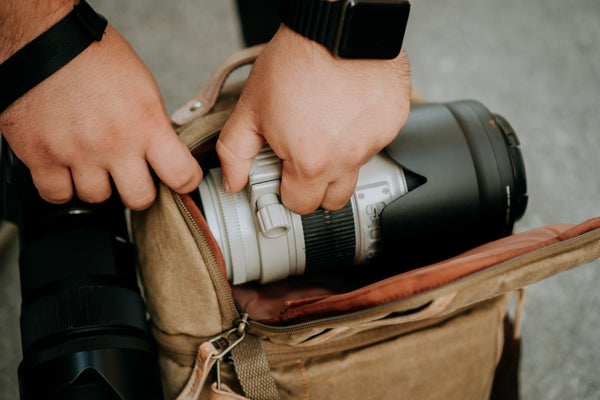
Survival Essentials for Unplanned Situations
If you find yourself stranded overnight, having an emergency shelter and extra clothing can be lifesavers.
Enhancing Your Hiking Experience
Having the right hiking gear doesn't just ensure safety; it enhances the entire experience.
Clothing Recommendations for Varied Climates
For warmer weather, lightweight shirts are ideal, while colder climates require extra layers.
Footwear for Smooth to Rough Terrains
Whether you're tackling smooth trails or rugged terrains, choosing between hiking sandals, shoes, or boots is essential.
Keeping Your Gear in Check
Always carry essentials like duct tape and a repair kit for repairing gear on the trail.
Planning for Post-Hike Relaxation
After your hike, consider packing some relaxing essentials for a post-hike wind-down, such as comfortable clothing and a treat.
Comfortable Clothing: Loose clothing for relaxation.
Foot Spa or Soak: Relieves sore feet.
Healthy Snacks: Refuel your body.
Entertainment: Books, music, or games for relaxation.
Sleeping Gear: Ensure a comfortable sleeping bag and pad are part of your gear.
Hiking is an invigorating, liberating experience, one that brings you closer to nature while testing your limits. Being well-prepared with the right gear will ensure your safety, comfort, and enjoyment.
This comprehensive packing guide is designed to equip you with the necessities you'll need to face any challenges on your trails. Prepare thoroughly, load wisely, and savor the adventure that awaits you.
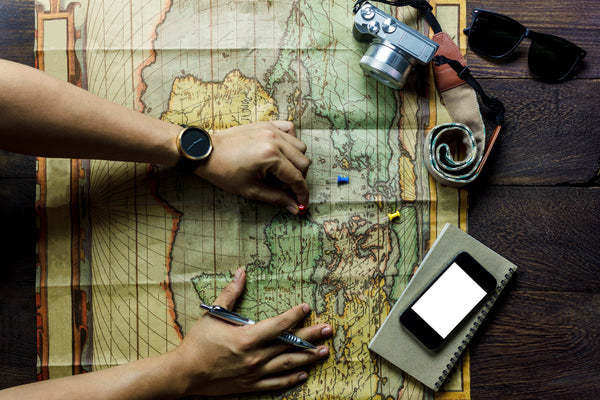
What size backpack should I use for a day hike?
For a day hike, a backpack with a capacity of 20-30 liters is typically sufficient. It should hold your food, water, first aid kit, and a few layers of clothing.
How can I stuff light for a hiking trip?
To pack light, consider multifunctional items, travel-size toiletries and only take what's necessary. Remember, every ounce counts. Bundle versatile clothing and avoid duplication of items.
Do I need a stove for a day hike?
A stove isn't typically necessary for a day hike, as you can carry prepared meals and snacks. However, if your hike involves overnight camping, a portable stove can be handy for hot meals.
What type of clothing is best for hiking?
Quick-drying fabrics like nylon or polyester are ideal as they wick away sweat. Avoid cotton as it takes longer to dry and can make you uncomfortable.
How much water should I carry on a hike?
As a general rule, carry 2 cups (1/2 liter) of water for every hour of hiking. Adjust this based on the weather, your age, weight, and exertion level.
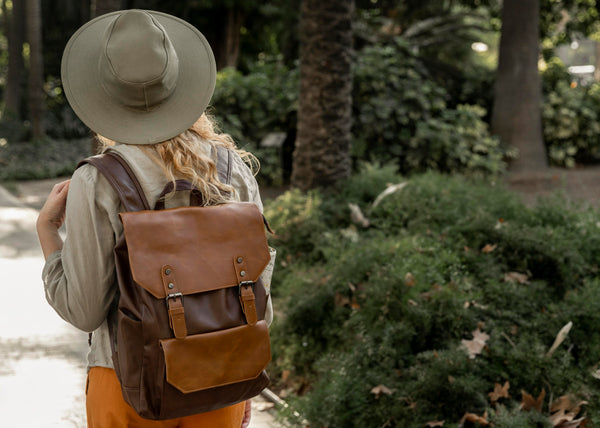
Found this guide helpful? Feel free to share it with your fellow adventurers on social media. Don't forget to subscribe to our blog for more practical tips and guides at Bayfieldbags.com. Your comments and personal hiking experiences are always welcome. Happy trails everyone!
Subscribe
Sign up to get the latest on sales, new releases and more …
